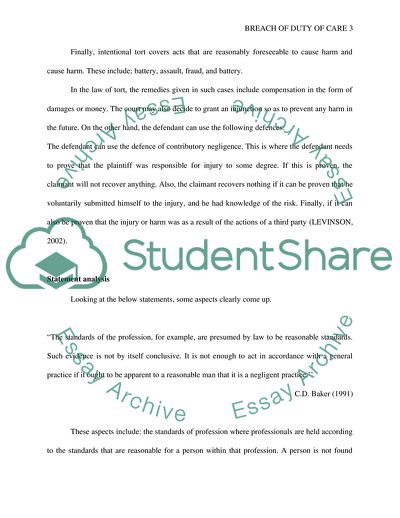Cite this document
(Breach of Duty of Care Essay Example | Topics and Well Written Essays - 1750 words - 1, n.d.)
Breach of Duty of Care Essay Example | Topics and Well Written Essays - 1750 words - 1. https://studentshare.org/law/1794594-professional-standards
Breach of Duty of Care Essay Example | Topics and Well Written Essays - 1750 words - 1. https://studentshare.org/law/1794594-professional-standards
(Breach of Duty of Care Essay Example | Topics and Well Written Essays - 1750 Words - 1)
Breach of Duty of Care Essay Example | Topics and Well Written Essays - 1750 Words - 1. https://studentshare.org/law/1794594-professional-standards.
Breach of Duty of Care Essay Example | Topics and Well Written Essays - 1750 Words - 1. https://studentshare.org/law/1794594-professional-standards.
“Breach of Duty of Care Essay Example | Topics and Well Written Essays - 1750 Words - 1”. https://studentshare.org/law/1794594-professional-standards.


